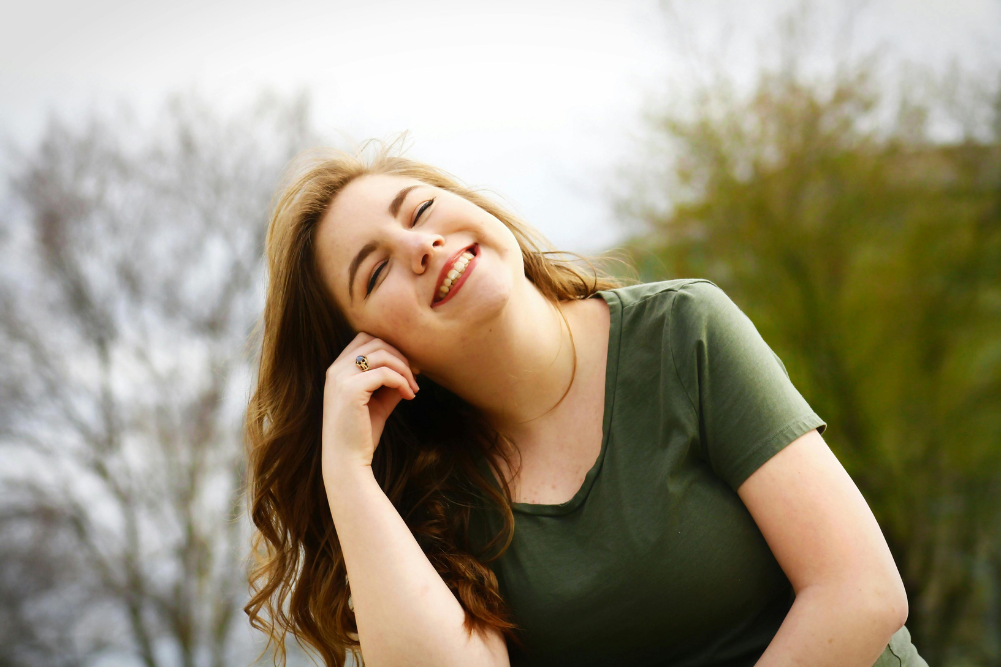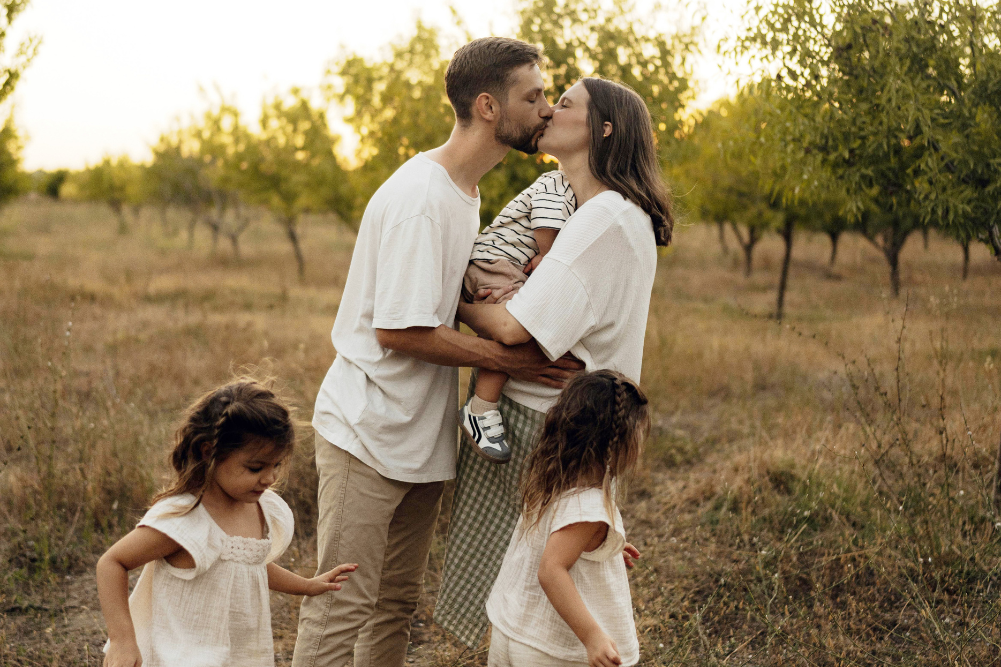Exercising for the mind
Have you ever caught your thoughts drifting elsewhere when exercising? Learn how to find mindfulness in your muscle movements which, in turn, will help you to feel motivation and an appreciation of your body.
Have you ever caught yourself drifting into an unfocused mode when exercising? Diverting to picking up the device or even choosing to be distracted by almost anything? Did you notice at that time your alignment muscles and movements became lazy? By finding your mindfulness in muscle movements you will also find motivation and an appreciation for your body. By taking the time to breathe without being breathless, your body will find space to reignite. These slow and immersing combination movements will entice the mind and find that alluring muscle memory we have all been seeking.
With the world moving fast, we all need to seek a new kind of balance with an opposing speed regime, and to find one that has proven to perform and promote a sustainable pattern for body and mind. These Pilates-style movements maintain a slow and immersive technique of flexible ballet movements with strength in receptive sequences. Originally called “Contrology”, Pilates is a method of whole-body exercise designed to improve daily activities and livelihood. The exercises coordinate movement and breath together to work the smaller and deeper stabilising muscles of the body as much as your primary powerhouse muscles.
Pilates is for everyone
Pilates can be completed in a limited space as it only requires mindfulness and a patience for aesthetic for the body. There’s something for everyone, whether you have an inactive lifestyle, are undergoing rehab, have anxiety or even if you’re a professional athlete.
The prime purpose of these movements is to align the entire body’s overall structure and support its joints. What appears to look simple can be deceptively challenging and incredibly effective when done correctly with focused form. The goal is to complete 20 minutes of this focused and low-impact exercise, which creates optimal strength through muscle balance and fine-tuning of neuromuscular patterns.
hough there is an emphasis on core work, strength alone is not the end goal for these exercises. Rather it’s using the body’s entire trunk section to develop functional and sustainable movement patterns throughout. These dedicated exercises of mind–body enhance proprioception, which is commonly known as body awareness. The attention inward and ability to focus on the sensations in your body heighten your awareness of comfort, pain, emotions and the surrounding environment. With enhanced proprioception, the body is better able to respond to stimulus, which can prevent injuries and falls. Better body awareness and forced focus help to become more in tune with the body.
Improve your balance
The main purpose of these movements is to seek improved balance. Balance is important at any age and necessary for everyday activities involving coordination, like walking or any of life’s nonlinear movements such as reaching up and twisting.
By seeking to complete these immersive dual-function movements, cognitive function is improved. Studies have shown that neuron development, blood flow to the brain, increased neurotransmitters By seeking to complete these immersive dual-function movements, cognitive function is improved. Studies have shown that neuron development, blood flow to the brain, increased neurotransmitters These eight exercises should only take 20 minutes. During the short time frame, the focus on the movements must be maintained. The movements must be felt.

The Hundred Draw
Draw both legs into chest, hold on to legs, curl your head and chest up to a tight ball. Send legs out to a tabletop position with your knee directly above your hip and shins parallel to floor. Hold on behind thighs and actively curl up, deepening and hollowing out the abs. Hover arms right above abdominal wall and start to pump your arms up and down, taking deep breaths and counting to 100. Rest.

Rolling like a Ball
Begin into a seated position, knees bent, feet pointed, with just toes touching the floor. Grasp the back of each thigh with each hand, and lift legs up. Keep knees shoulder-distance apart and lower the head between the knees. Inhale, exhale, deepening your abdominals, practising your balance, for two breaths. Rock back to shoulder tips (never onto your head or neck), then back up, finding your balance for a moment. Repeat.

Leg Scissors
Begin on the back with hands either on the sides or underneath gluteus for added back support. Extend legs out straight, then twist them in and out above each other, or straight up and down — either way. Don’t let the legs drop to the mat as you’re working through your reps. Make sure the core is engaged and that the lower back is pressed onto your mat throughout.

Single Leg Circles
Begin on the back with legs extended straight out in front and arms stretched out by sides, with palms flat on the floor. Engage core to press lower back into the floor. Extend one leg straight up with toes pointed up toward the ceiling. From here, move raised leg in large, controlled, clockwise circles, as if tracing circles in the air with the foot. Reverse the circles, moving in an anticlockwise direction. Keep your core engaged so your back stays connected to the floor. Lower your leg to the floor and repeat with the opposite leg.

Jackknife Bicycle
Begin by lying on your back with arms extended above the head. At the same time, bring arms in towards feet, slowly lifting your head, shoulder blades and upper back off the mat. Reverse the move to get back to your starting position and repeat.

Toe Taps
Begin by lying on back with arms by sides, legs bent at 90 degrees and feet lifted in the air, so shins are parallel to floor. Hinge at the hip joint to lower left foot toward the floor without letting lower back lose contact with mat. Lift leg back to start position by engaging low abdominals.

Bird Dog
Begin on hands and knees with wrists under shoulders and knees under hips. Extend left arm straight forward to shoulder height while extending right leg back to hip height. Pause to check that hips and shoulders are still square to the floor. Lower back to start.

Saw Sit Up
Begin with legs spread as wide as a yoga mat. With arms straight out to sides, twist to left. Stretch right hand towards left foot, pulsing three times. Roll up in the twist, untwist, and return to centre. Repeat on the opposite side.








